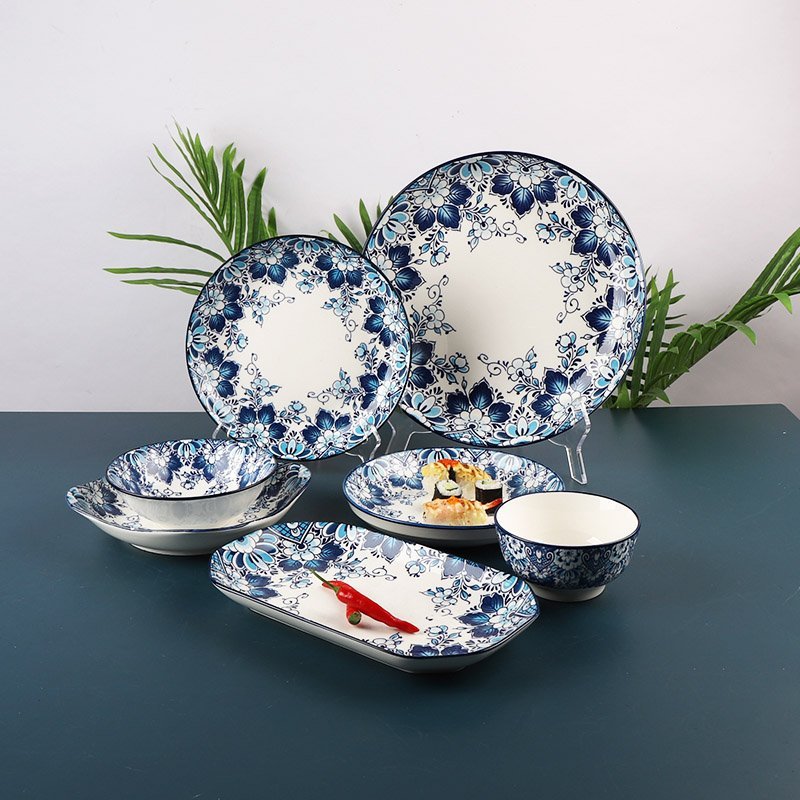Pulished on Jun. 17, 2020
(1) Different ages:
Underglaze color: The earliest prototype can be traced back to the Song Dynasty and has continued to this day.
Overglaze: It was created on the basis of underglaze blue and white painting in the Ming Dynasty.
In terms of time, the age of underglaze is more ancient. In terms of inheritance, it can be said that overglaze originated from underglaze.
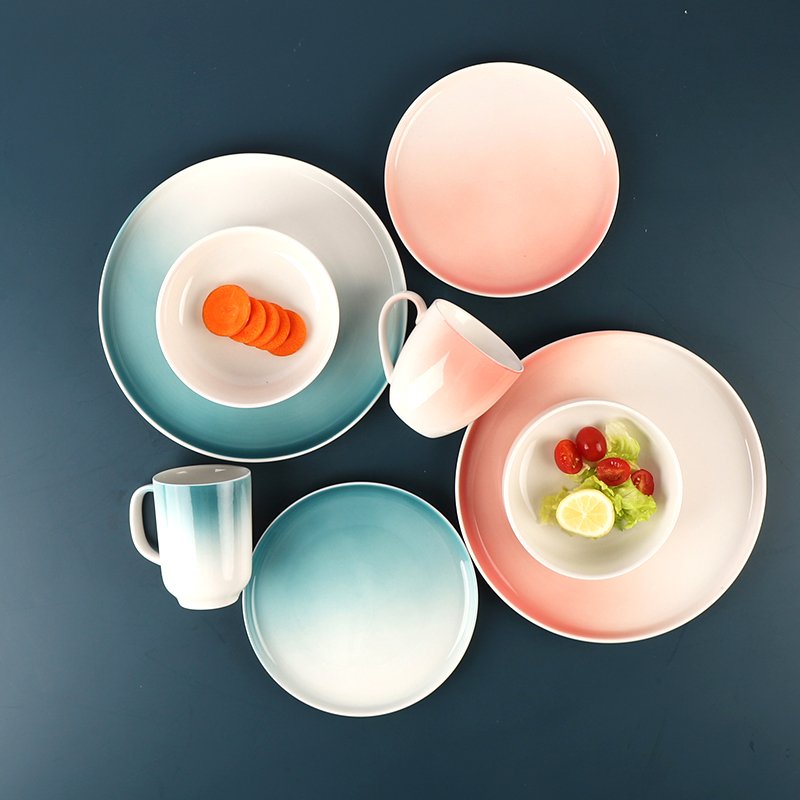
(2) The production steps and processes are different:
Underglaze color: use color materials to decorate the green body or the baked blank, then go through the glaze, and finally kiln fired. The glaze and painted patterns are fired at one time, and the color material is fully penetrated In the glaze.
Overglaze: After firing the white porcelain, the surface of the porcelain is decorated with colored paintings and then kiln-fired. The painted patterns and glazes are fired separately.
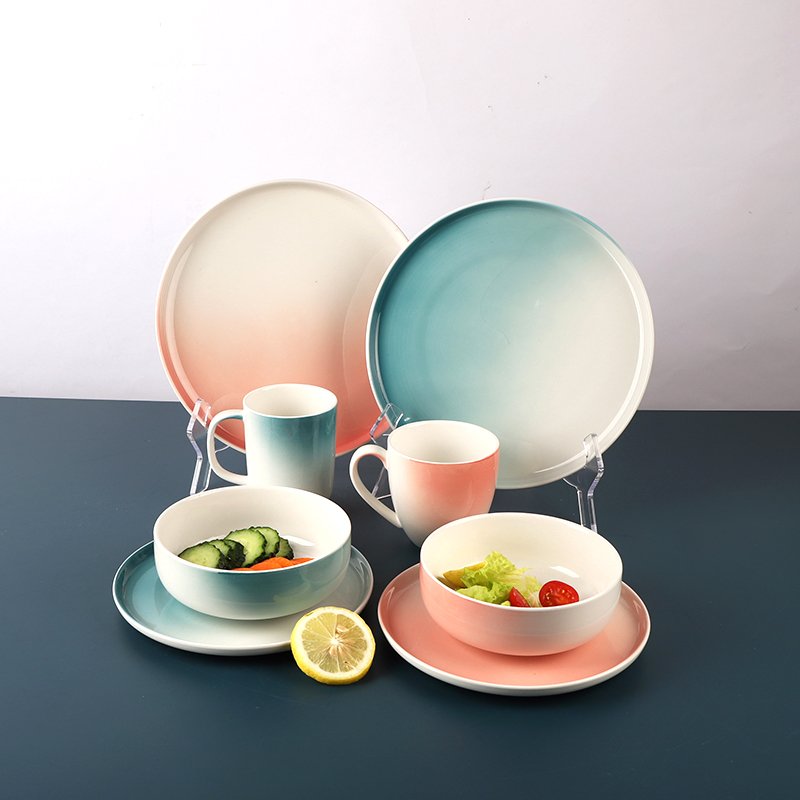
(3) The temperature sequence of firing is different:
Underglaze color: create directly on the green body, only need to paint with the color material and then glaze, and then burn it in a kiln at about 1200℃-1300℃; if it is the method of painting underglaze color on the green body If it is, then the mud is first fired at 800°C into a green body, and after painting and glazing are completed, it is fired in a kiln fire at around 1200°C to 1300°C.
On-glaze color: first use a kiln fire of about 1200°C to 1300°C to make white porcelain blanks, paint color paintings with color materials for decoration, and then use 800°C for a second kiln firing.
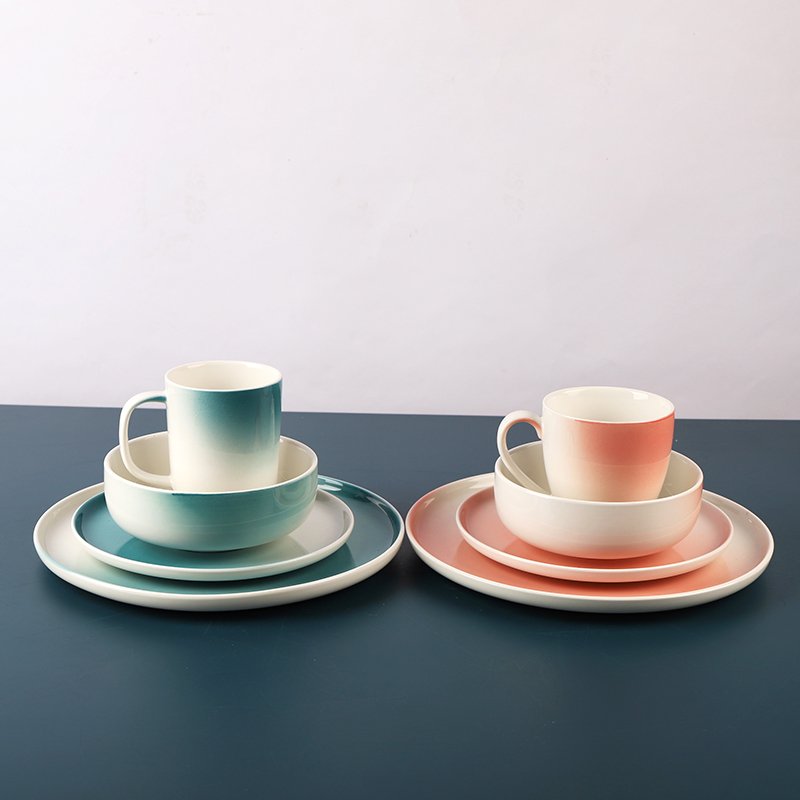
(4) Different appearance:
Underglaze color: first use color materials for color painting decoration, and then apply glaze on it, the glaze is on the most surface layer. Therefore, the underglaze painted utensils have bright colors, smooth surface, continuous penetration, and never fade. Even if the glaze is intact after a long time, it will not reduce the color vividness of the product when painted. Therefore, the underglaze painted cultural relics we have seen in the past dynasties, such as the celadon of the Wei and Jin dynasties, the celadon of the Tang dynasty, and the three-color glazed pottery; the black and white painted, red and green painted porcelains unearthed from the northern kilns of the Song Dynasty; Lihong (both belong to the underglaze painting branch) etc., although they are old, they are all well preserved. It is safe to use as daily-use porcelain (such as cups, bowls, scoops, basins, etc.).
Overglaze: Since it is painted on the glaze, there are hundreds of colors, so the drawing technique is relatively easy and expressive. However, because the color material is not fused with the glaze, the drawn pattern highlights the glaze surface, and feels handy to the touch, not as smooth as the underglaze color.
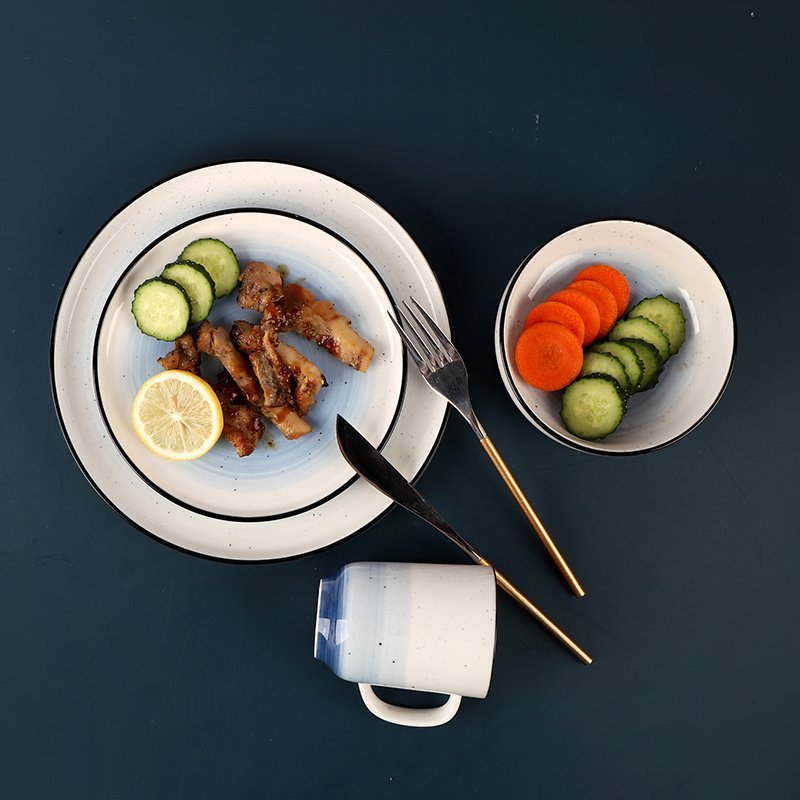
(5) The classification is not the same:
Underglaze color: mainly blue and white, red in glaze and multicolored underglaze.
Blue and white is painted with a mineral pigment that turns blue after being fired at a high temperature. In terms of expression method, the object is expressed in various shades of the same color. Its characteristics are: bright, fresh, elegant, generous, and very decorative, and it has always been loved by people at home and abroad. And it has an extremely important position in the world’s porcelain craftsmanship.
The glaze red is painted with a mineral pigment that appears dark red after being fired at a high temperature. The content and method of its expression are the same as those of blue and white, and the calm and enthusiasm after firing is generally used to express “auspiciousness and wealth.” This method is commonly used in advanced products.
Underglaze multicolored is developed on the basis of blue and white and red in glaze. It is characterized by brilliant colors and splendid beauty. Because it is also changeable at high temperatures and is not easy to fire, it is rarely used to decorate daily-use porcelain.
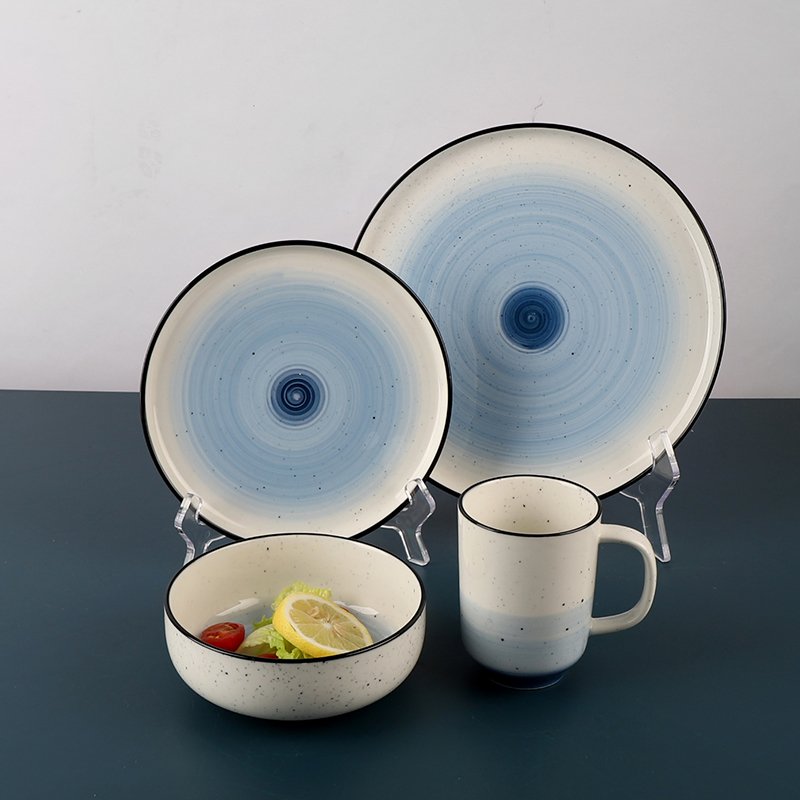
Overglaze color: mainly includes ancient color, pastel color, new color and so on.
Gucai is an older traditional decoration method, and its name is different from the pastel color. It is characterized by bright colors, strong contrast, strong and powerful lines, and a strong folk New Year painting style.
Pastels are developed on the basis of multicolored on-glaze. The colors are diverse; the expression technique has progressed from flat filling to light and dark washing and dyeing. The style and brushwork are the characteristics of traditional Chinese painting. Regardless of meticulous brushwork, it can almost be expressed with pastels.
Xincai is a new color painting method formed by external influences. In the expression technique, Western painting methods can also be used in traditional Chinese painting methods.
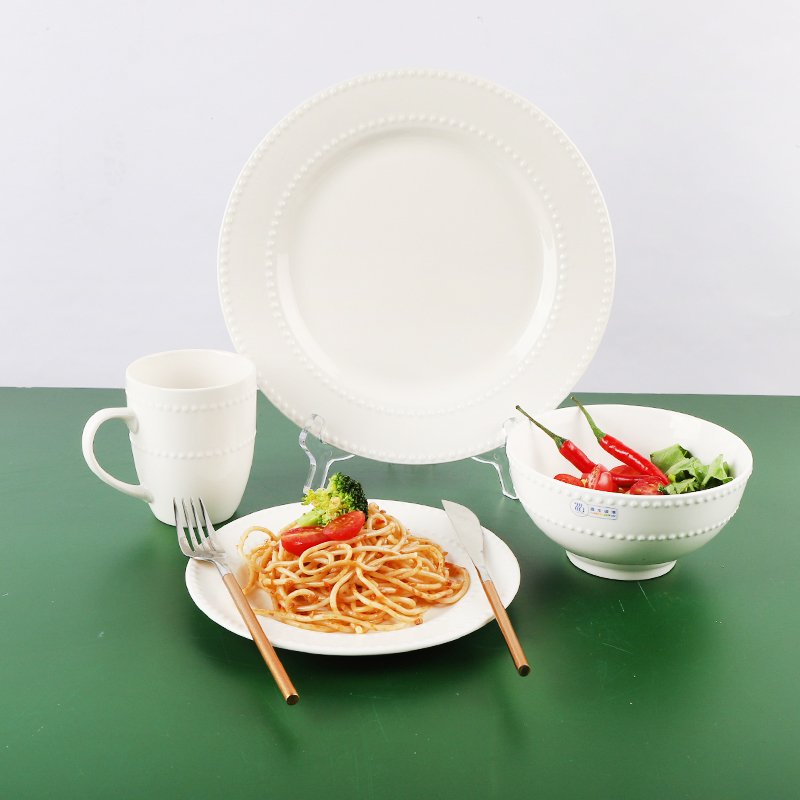
(6) Different color materials:
Underglaze color: The color material is fired at a high temperature. The hue of the color material before and after firing is relatively large, and there are not many color materials that can withstand high temperatures, so the color change is extremely difficult to grasp.
On-glaze color: The color material is fired at a low temperature of 650℃-800℃. Due to the low temperature, many pigments can withstand such a temperature, so the burned color does not change much.
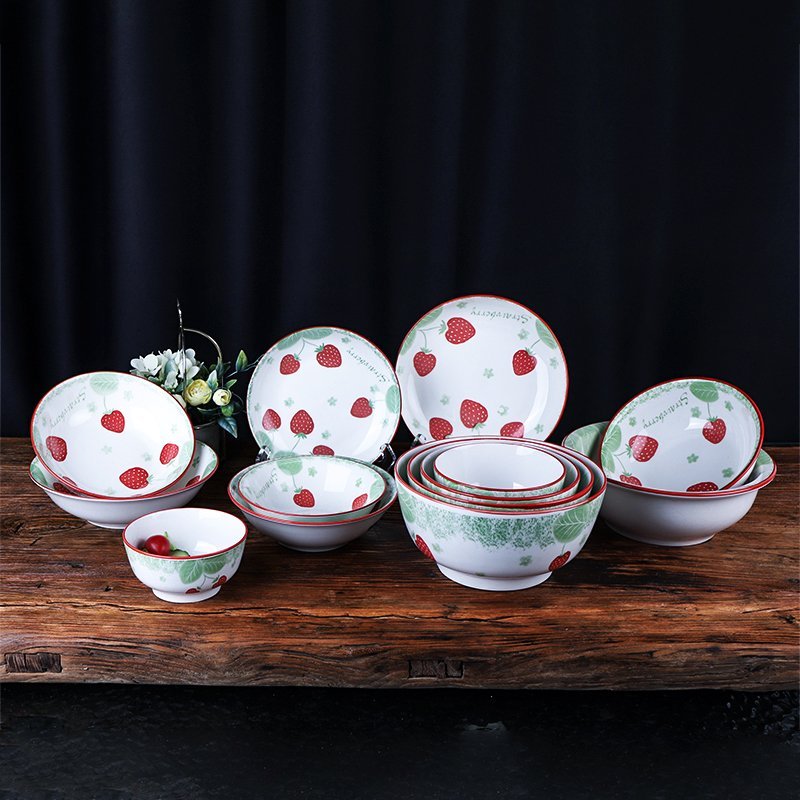
(7) Different seasoning products:
Underglaze color: Generally use glycerin, cow glue, frankincense oil, and some even use tea water to adjust the color.
On-glaze: The most commonly used seasoning is camphor oil or rosin oil for blending.
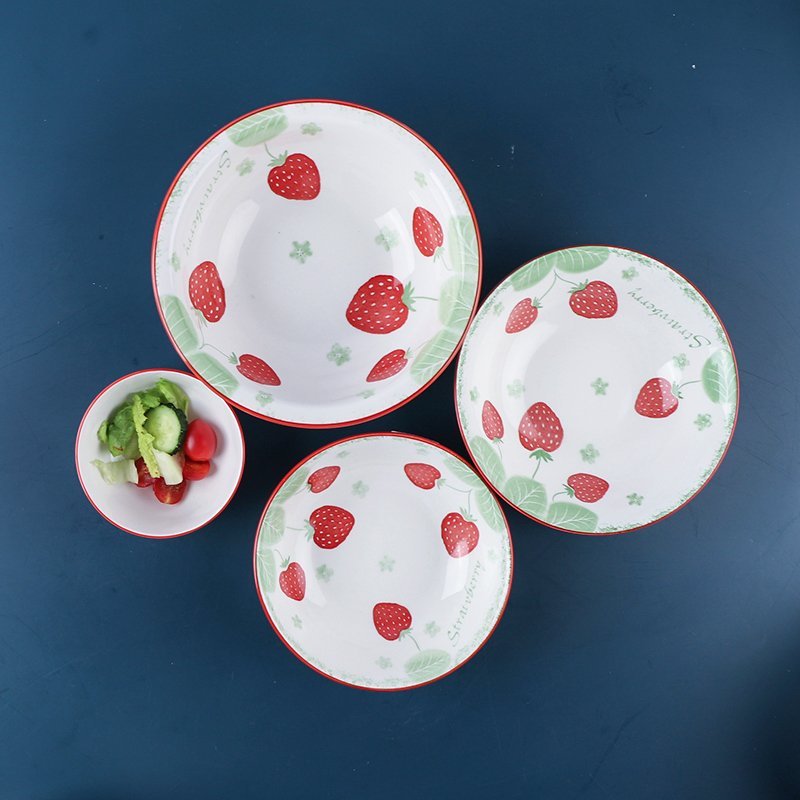
(8) Different techniques:
Underglaze color: The basic technique is the water separation method, that is, the color is filled with pigments within the outlined outline.
On-glaze color: Based on the washing method, first use a pen to dip the “water color” to make a stroke on the blank, then wash off the color on the pen, and repeatedly scrub with water.
